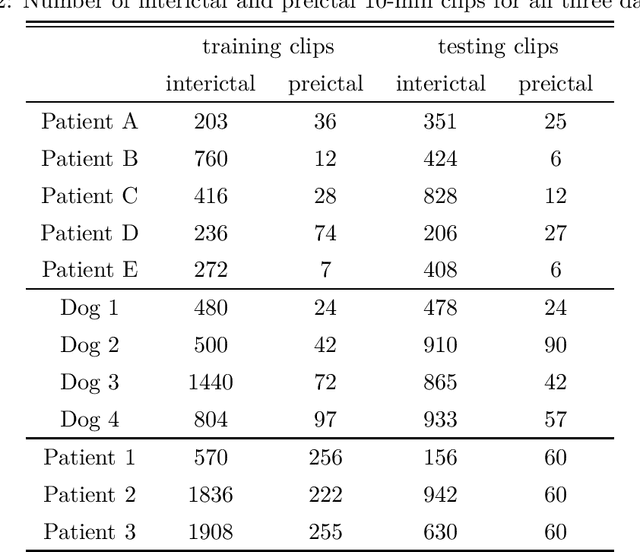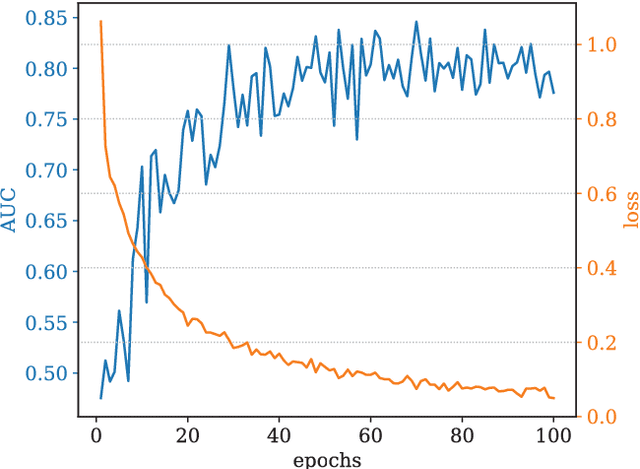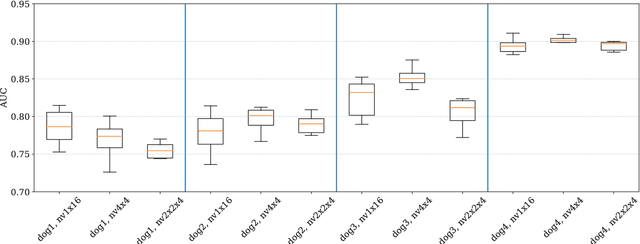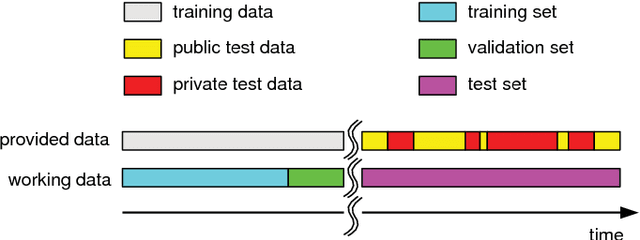Matthias Eberlein
Coherent False Seizure Prediction in Epilepsy, Coincidence or Providence?
Oct 26, 2021



Abstract:Seizure forecasting using machine learning is possible, but the performance is far from ideal, as indicated by many false predictions and low specificity. Here, we examine false and missing alarms of two algorithms on long-term datasets to show that the limitations are less related to classifiers or features, but rather to intrinsic changes in the data. We evaluated two algorithms on three datasets by computing the correlation of false predictions and estimating the information transfer between both classification methods. For 9 out of 12 individuals both methods showed a performance better than chance. For all individuals we observed a positive correlation in predictions. For individuals with strong correlation in false predictions we were able to boost the performance of one method by excluding test samples based on the results of the second method. Substantially different algorithms exhibit a highly consistent performance and a strong coherency in false and missing alarms. Hence, changing the underlying hypothesis of a preictal state of fixed time length prior to each seizure to a proictal state is more helpful than further optimizing classifiers. The outcome is significant for the evaluation of seizure prediction algorithms on continuous data.
Convolutional Neural Networks for Epileptic Seizure Prediction
Nov 05, 2018



Abstract:Epilepsy is the most common neurological disorder and an accurate forecast of seizures would help to overcome the patient's uncertainty and helplessness. In this contribution, we present and discuss a novel methodology for the classification of intracranial electroencephalography (iEEG) for seizure prediction. Contrary to previous approaches, we categorically refrain from an extraction of hand-crafted features and use a convolutional neural network (CNN) topology instead for both the determination of suitable signal characteristics and the binary classification of preictal and interictal segments. Three different models have been evaluated on public datasets with long-term recordings from four dogs and three patients. Overall, our findings demonstrate the general applicability. In this work we discuss the strengths and limitations of our methodology.
 Add to Chrome
Add to Chrome Add to Firefox
Add to Firefox Add to Edge
Add to Edge